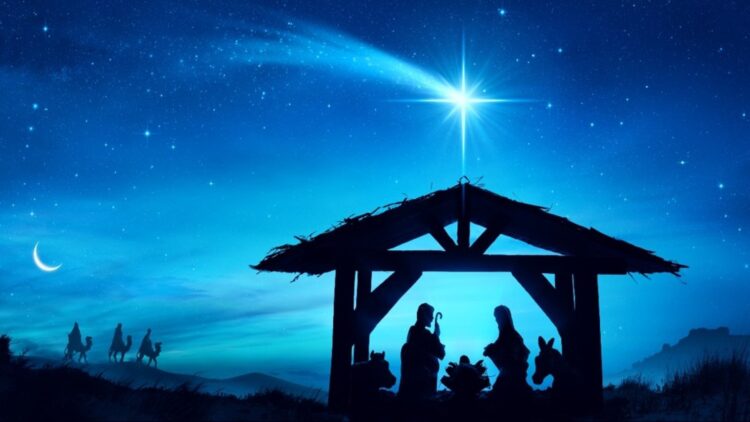The Star of Bethlehem is the Biblical reference to a star that still puzzles astronomers and historians. Known as the star that led the Magi to the birthplace of Jesus, this phenomenon is still discussed in scientific and historical terms.
What was it: a genuine astronomical phenomenon, a mythic drama, or perhaps something else? New work offers clues, revealing tantalizing evidence about one of the oldest puzzles on record.
Was the Star of Bethlehem a natural astronomical phenomenon?
This is well illustrated by the Star of Bethlehem, which, according to one theory, could have been natural or included a conjunction of stars or a phenomenon like this. Other possibilities like comets, novas, and supernovas have been looked at but eliminated by scholars. For instance, Halley’s Comet, seen in 11 B.C., could not be considered a symbol of joy because comets were considered portents of disaster. Also, novas and supernovas have no observable remains from the above mentioned period.
The idea of planetary conjunctions has received much attention. A remarkable conjunction of Jupiter and Saturn took place on the 17th of April, 6 B.C., and the sun and moon in Aries. This event perfectly illustrated the “rising morning star,” and Jupiter could have seemed stationary in the sky owing to its movement in a retrograde fashion. In such an event, the tradition of the Magi following a star is consistent with history.
Even with today’s technology in astronomy and scientific data, naturalists cannot answer adequately. It is hard to “track” celestial objects as they appear to rise and set like any other object. Nevertheless, a conjunction provides a realistic setting for an ‘‘illumined’’ ‘star’ to lead travelers.
The role of astrology in interpreting celestial events
Babylonian astrology, a most popular practice in the ancient world, could provide the key to the riddle of the Star of Bethlehem. The Magi, often translated as astrologers, could have observed celestial signs as signs of important occurrences. April 17, 6 B.C., Jupiter and the moon conjunction in Aries indicated the birth of a king by the concepts of antiquity.
This kind of alignment had deep symbolism. Aries was linked to Judea, meaning that according to the stars, the “king” was born there. The ancient astrologers probably used their understanding of the movement of ‘the star’ together with cultural and religious iconography.
The importance of astrological knowledge is still an engaging topic of interest among current researchers. For example, another conjunction on the 17th of June, 2 B.C., involved Jupiter, Venus, and Regulus star. This was a bright event and would have appeared to the naked eye as a single star. Astrological theories do not prove anything, but they give us a good idea of how ancient observers could have viewed the skies.
What modern science reveals about the Star of Bethlehem
This story still interests modern science, where people try to combine Bible stories and astronomical calculations. Conjunctions remain the most probable cause since they can produce a long-lasting bright appearance in the sky. Since the planets are observed to reverse their relative direction with the stars, it would be reasonable that the Magi reported the star to ‘stand still’ over the place.
Some of these include Grant Mathews, an astrophysicist. Some that fit well with biblical narrative include the conjunction of April 17, 6 B.C., while others propose other celestial events. Suppose a supernova occurred in Andromeda galaxy; this might have been observed, but it does not match the Gospel account as closely as conjunctions do.
However, all the efforts to answer this question remain fruitless. Both scientific and historical approaches to the study of the Star of Bethlehem confirm that without any direct archeological or textual evidence, the nature of the phenomenon remains uncertain. But its appeal is so timeless that people continue to search it out, as some suspect it may be the Christmas galaxy sign.
The Star of Bethlehem, whether a natural phenomenon, astrological sign, or symbolic narrative, remains a compelling figure to this present age globally. Astronomical discoveries present silly reasons, such as alignments of planets, but there is no concrete evidence. This celestial mystery reminds us of humanity’s enduring fascination with the cosmos, encouraging further inquiry and wonder about the stories that bind us to the stars.

